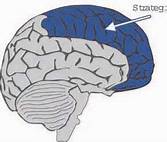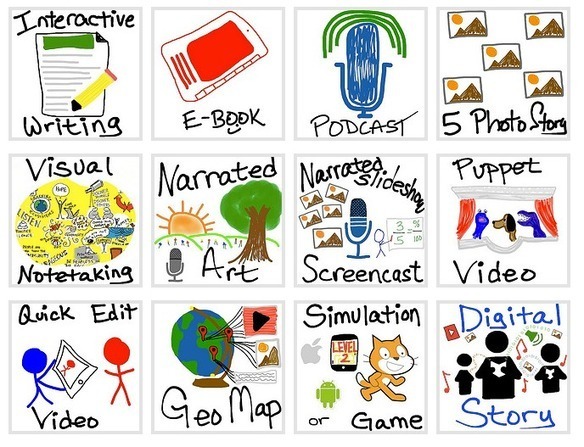
The how of learning


Planning and performing tasks. How we organize and express our ideas. Writing an essay or solving a math problem are strategic tasks. Differentiate the ways students can express their understanding and knowledge
"
Provide options for physical action
A textbook or workbook in a print format provides limited means of navigation or physical interaction such as turning pages or handwriting in spaces provided. Navigation and interaction in those limited ways will raise barriers for some learners – those with physical disabilities, blindness, dysgraphia, or who need various kinds of executive functioning supports. assistive technologies through which individuals with movement impairments can navigate and express what they know – to allow navigation or interaction with a single switch, through voice activated switches, expanded keyboards and others.
Provide options for expression and communication
There is no one medium of expression that is equally suited for all learners or for all kinds of communication. On the contrary, there are media, which can be poorly suited for some kinds of expression, and for some kinds of learning. While a learner with dyslexia may excel at story-telling in conversation, he may falter when telling that same story in writing. It is important to provide alternative methods for expression.
Examples of expressing/demonstrating understanding in multiple ways
Allow students show what they know with physical manipulatives such as base ten blocks or play doe, text to speech technology to express communication, customize overlays for touch screens and keyboards, provide calculators, graphing calculators, text, speech, drawing, illustration, comics, storyboards, graphic displays or performance.
Learners differ in the ways that they can navigate a learning environment and express what they know. For example, individuals with significant movement impairments like cerebral palsy and individuals have language barriers, approach learning tasks very differently. Some may be able to express themselves well in written text but not speech, and vice versa. There is not one means of action and expression that will be optimal for all learners; providing options for action and expression is essential.
Applying Multiple Intelligences in a Classroom